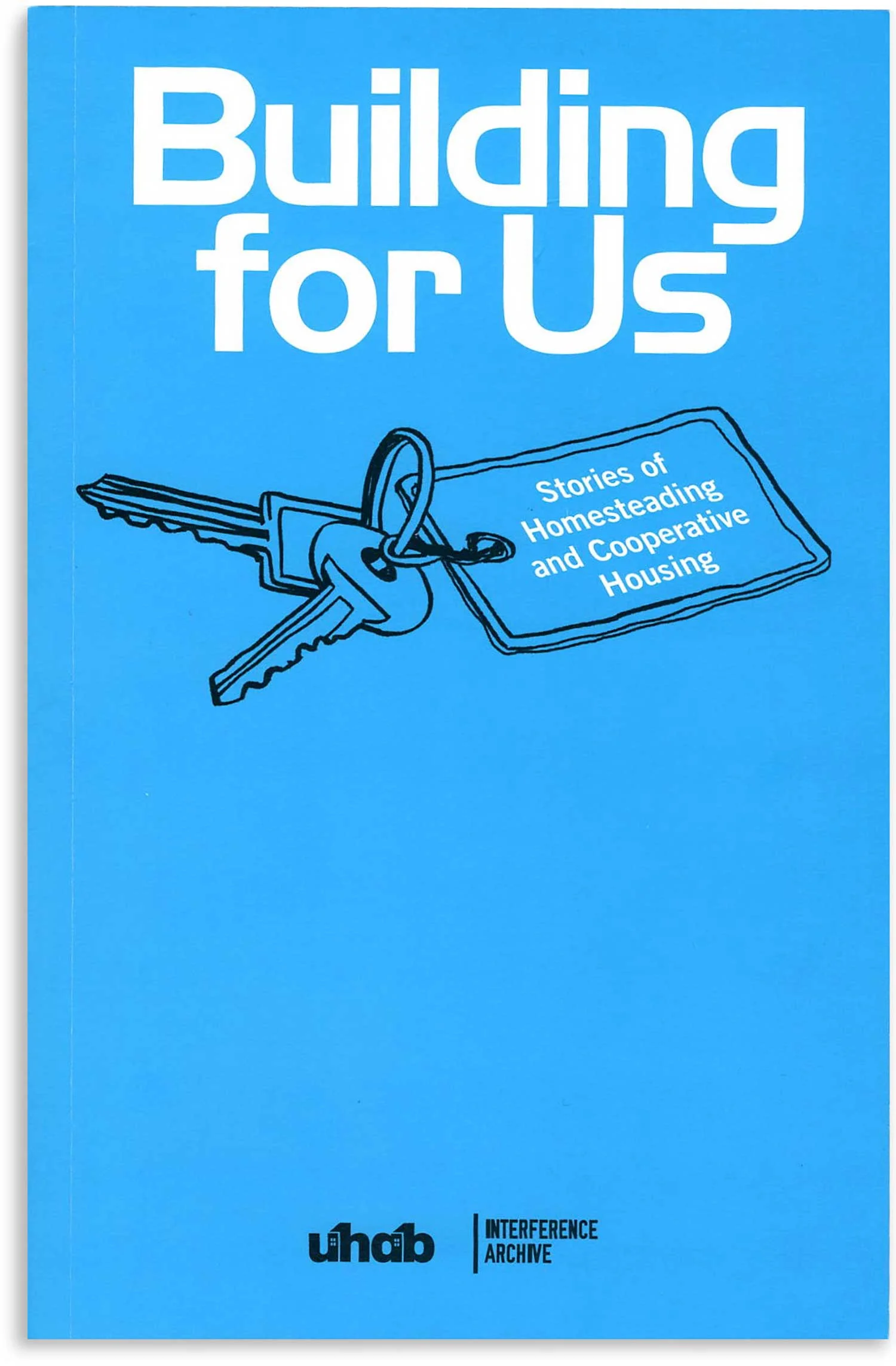Rob Snyder becomes Manhattan Borough Historian
By Molly Rosner
On December 3, 2019, as a student jazz trio from LaGuardia High School for the Performing Arts played in the background, a group of local historians gathered at the New York Fire Museum to celebrate the appointment of Dr. Robert Snyder to Manhattan Borough Historian. The crowd – many of whom had worked together at different colleges and museums around the city – drank the signature cocktail, (appropriately a Manhattan) and examined the display of old fire trucks, art works, and Tiffany silver on display at the museum. The position of Borough Historian is an unpaid volunteer role first assigned under Borough President Robert Wagner in 1950.
Read More






